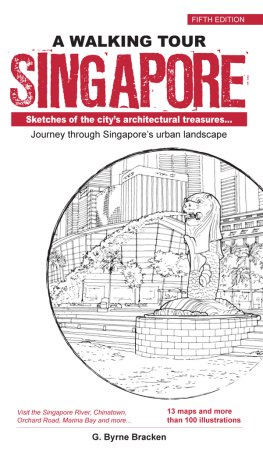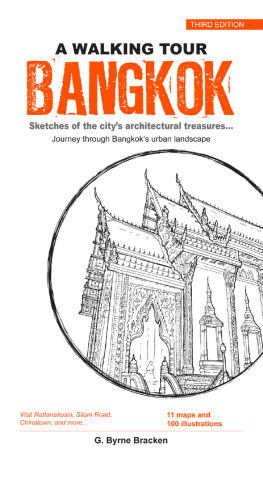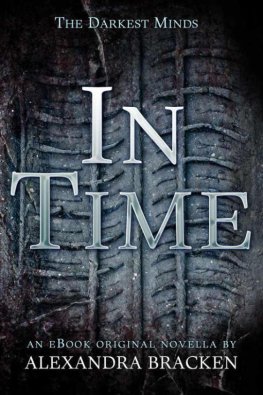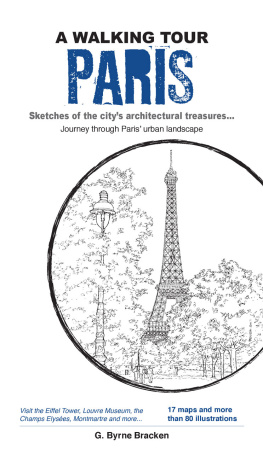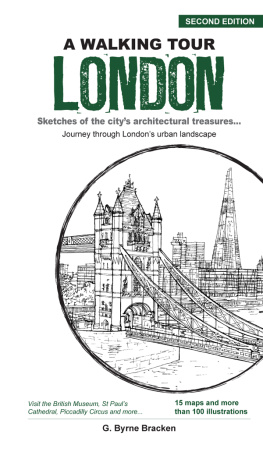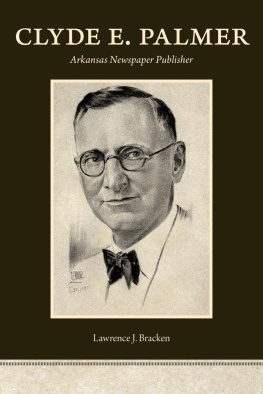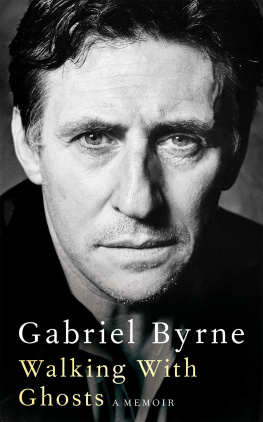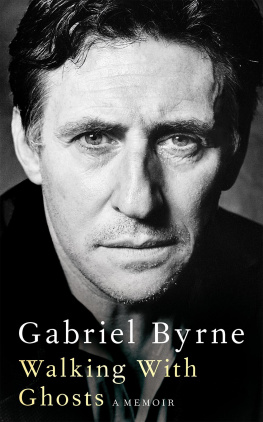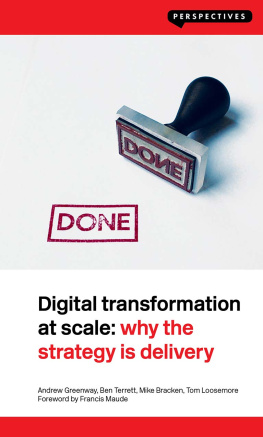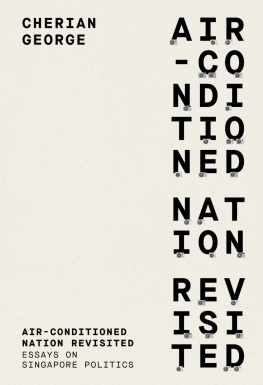George Byrne Bracken - A Walking Tour: Singapore
Here you can read online George Byrne Bracken - A Walking Tour: Singapore full text of the book (entire story) in english for free. Download pdf and epub, get meaning, cover and reviews about this ebook. publisher: Marshall Cavendish International, genre: Detective and thriller. Description of the work, (preface) as well as reviews are available. Best literature library LitArk.com created for fans of good reading and offers a wide selection of genres:
Romance novel
Science fiction
Adventure
Detective
Science
History
Home and family
Prose
Art
Politics
Computer
Non-fiction
Religion
Business
Children
Humor
Choose a favorite category and find really read worthwhile books. Enjoy immersion in the world of imagination, feel the emotions of the characters or learn something new for yourself, make an fascinating discovery.
- Book:A Walking Tour: Singapore
- Author:
- Publisher:Marshall Cavendish International
- Genre:
- Rating:4 / 5
- Favourites:Add to favourites
- Your mark:
- 80
- 1
- 2
- 3
- 4
- 5
A Walking Tour: Singapore: summary, description and annotation
We offer to read an annotation, description, summary or preface (depends on what the author of the book "A Walking Tour: Singapore" wrote himself). If you haven't found the necessary information about the book — write in the comments, we will try to find it.
A Walking Tour: Singapore — read online for free the complete book (whole text) full work
Below is the text of the book, divided by pages. System saving the place of the last page read, allows you to conveniently read the book "A Walking Tour: Singapore" online for free, without having to search again every time where you left off. Put a bookmark, and you can go to the page where you finished reading at any time.
Font size:
Interval:
Bookmark:

All text and illustrations by Gregory Byrne Bracken
2016 Marshall Cavendish International (Asia) Private Limited
First published in 2002 by Times Editions
This fifth edition published 2016 by Marshall Cavendish Editions
An imprint of Marshall Cavendish International
Times Centre, 1 New Industrial Road, Singapore 536196
Tel: (65) 6213 9300 Fax: (65) 6285 4871
E-mail:
Other Marshall Cavendish offices:
Marshall Cavendish Corporation, 99 White Plains Road, Tarrytown NY 10591-9001, USA Marshall Cavendish International (Thailand) Co Ltd, 253 Asoke, 12th Floor, Sukhumvit 21 Road, Klongtoey Nua, Wattana, Bangkok 10110, Thailand Marshall Cavendish (Malaysia) Sdn Bhd, Times Subang, Lot 46, Subang Hi-Tech Industrial Park, Batu Tiga, 40000 Shah Alam, Selangor Darul Ehsan, Malaysia
Marshall Cavendish is a trademark of Times Publishing Limited
All rights reserved. No part of this publication may be reproduced, stored in a retrieval system or transmitted, in any form or by any means, electronic, mechanical, photocopying, recording or otherwise, without the prior permission of the copyright owner.
The author and publisher have used their best efforts in preparing this book and disclaim liability arising directly and indirectly from the use and application of this book. All reasonable efforts have been made to obtain necessary copyright permissions. Any omissions or errors are unintentional and will, if brought to the attention of the publisher, be corrected in future printings.
National Library Board, Singapore Cataloguing-in-Publication Data
Names: Byrne Bracken, G. (Gregory)
Title: Singapore : a walking tour / Gregory Byrne Bracken.
Description: Fifth edition. | Singapore : Marshall Cavendish Editions,
[2016] | First published in 2002 by Times Editions.
Identifiers: OCN 929954531 | eISBN: 978 981 4751 46 9
Subjects: LCSH: Singapore--Tours. | Walking--Singapore--Guidebooks.
Classification: LCC DS608.8 | DDC 915.957--dc23
Printed in Singapore Fabulous Printers Pte Ltd
Dedicated to the memory of my aunt and uncle,
Marian and Charles Byrne

I would like to thank everyone who has helped me with this book,
particularly Melvin Neo, Justin Lau and Benson Tan at
Marshall Cavendish for their wonderful support.
Most visitors to Singapore are on their way to somewhere else, either long-haul from Europe to Australia (or vice versa) or travelling around Southeast Asia. As a result the city has gained something of a reputation as a pleasant layover, but not much else. Even those who do decide to stay on in the city for a little longer tend not to stay more than two or three days. This is a mistake. There is so much to see and do in this remarkable city-state that a week can simply fly by. Its pleasant, English-speaking, safe and friendly; it also offers some of Asias best shopping, as well as superb dining, and all at price ranges and in a bewildering range of regional styles that would make the average Westerners head spin as well as mouth water.
Singapore is of course a tropical city; in fact its equatorial, being about 140 kilometres from the equator. This means that walking could normally be hot and unpleasant. But thanks to the five-foot-ways (covered arcades) that still line most of the streets in the citys historic districts, as well as the beautiful trees that have been planted generously throughout the city and its suburbs, Singapore is a well-shaded and pleasant urban environment to walk in. The city centre is also relatively compact, with a number of colonial-era gems cheek by jowl with modern architectural marvels by some of the worlds foremost contemporary architects.
Each chapter in this book suggests a route to follow, each picking up where the one before it left off. These walks tend to cover one particular area of the city, for example Little India or Orchard Road, the exception being Chinatown, which is quite large and has been split into two walks. Apart from the usual temples, mosques, churches and museums, theres also information on other places of interest, like buildings that happen to have particularly unusual restaurants, bars or galleries, especially if they have good views of the city.
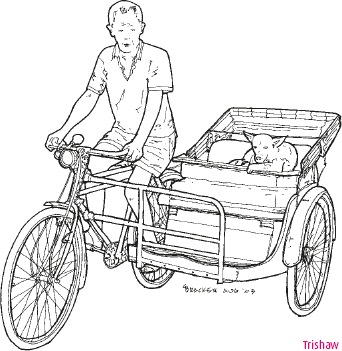
Be careful when following some of the routes as not all the citys roads have continuous pavement. Stop often; make sure you dont overdo it in the humid weather. Remember to drink plenty of liquids you will find plenty of shops, cafes and restaurants en route. One thing to remember is that if you want to go into certain places, like mosques, temples, churches, etc., you should be appropriately dressed: you wont be allowed in if youre wearing shorts or t-shirts.
The city is easy to get around. The public transport network is excellent, with the added advantage that buses and the MRT (Mass Rapid Transit) are cheap and efficient. Taxis, too, are inexpensive and make for a handy way of getting from place to place, especially if you decide to wander off the more usual tourist trails.
Sir Thomas Stamford Raffles planned the original town of Singapore along racial lines, with specific areas zoned for the different races. This plan is still in evidence today in areas like Chinatown, Little India and Kampong Glam (for the Malays). Chinatown rapidly became the largest area due to its rapidly expanding immigrant population, most of whom came from Chinas southeastern coastal provinces of Fujian and Guangdong.
Singapores growth exploded after the Suez Canal opened in 1869 the Chinese population trebled between 1860 and 1900. By this time Chinatown was becoming increasingly overpopulated, run-down and squalid, and this pattern was to continue unabated until the newly independent government of the 1960s instigated massive housing development programmes, demolishing huge tracts of the city centre.
The demolition of Raffles Institution (Singapores top boys school) in the 1980s marked a turning point in the preservation of Singapores older and more significantly historic buildings. Old buildings are now refurbished and reused instead of being left to ruin or torn down, and this has not only retained much of Singapores architectural charm, but has also created something of an urban renaissance for the city.
Singapore is located one degree north of the equator and has an equatorial monsoon climate characterised by uniformly high humidity and high temperatures (2232C). Rain falls throughout the year, but especially during the northeast monsoon period, which lasts from November to February. Heavy rainfall is also expected during frequent thunderstorms, which may occur at any time during the year.
You should dress lightly and comfortably for a tropical city like Singapore, but remember that modest and conservative attire is best for visits to places of worship. Shoes should be removed before entering certain buildings such as mosques.
Singaporeans are a cosmopolitan lot and generally comfortable when dealing with foreigners, but there are some things that you should bear in mind. Asians tend to appreciate a neat appearance, considering it a mark of respect for the people one meets, not simply a question of hygiene. While Indian and Chinese social behaviour differs little from what a Westerner might be used to, Muslims have some special etiquette that might be useful to know in order not to offend anyone inadvertently. If you are being introduced to a Muslim lady, do not offer to shake her by the hand, unless she does so first; a smile or nod will be sufficient. When shaking hands with Muslims, you may notice that they then move their hand to their heart afterwards a charming gesture to show that their feelings are heartfelt.
Next pageFont size:
Interval:
Bookmark:
Similar books «A Walking Tour: Singapore»
Look at similar books to A Walking Tour: Singapore. We have selected literature similar in name and meaning in the hope of providing readers with more options to find new, interesting, not yet read works.
Discussion, reviews of the book A Walking Tour: Singapore and just readers' own opinions. Leave your comments, write what you think about the work, its meaning or the main characters. Specify what exactly you liked and what you didn't like, and why you think so.

